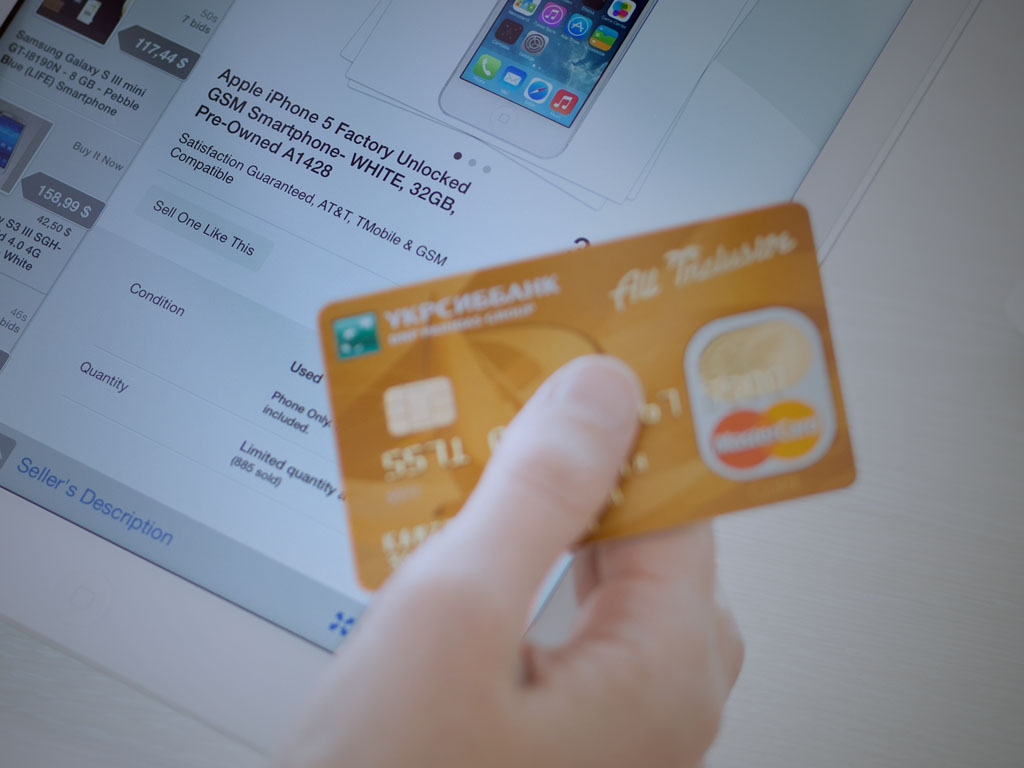Mobile devices have surpassed desktops as the lead platform for consumers to interact with online retailers. Mobile transactions have grown to 30 percent of total ecommerce, and this number increases every month. Marketers need to understand and respond to consumer behavior on these devices – presenting experiences that are inspiring, easy to navigate and shop, and tailored for people on the go.
Recently I was browsing a trend guide of one of my favorite brand’s latest fall styles on my mobile device while waiting for an appointment. I was inspired by one of the models wearing a great combination of pants, silk shirt, jacket, pumps, handbag, and jewelry. When I wanted to actually zoom in on the product images, view color options, price, and other product details, I was able to do that with a one-click interaction for each piece shown, instead of having to find and navigate back and forth through numerous product detail pages. I was able to make an impulse purchase decision on the spot. We call this type of experience “shoppable.” Shoppable hotspots on product imagery take consumers to a quick-view overlay of relevant product details, including zoom, alternate views, colors, size, price, and the all-important add to cart button. In this way a shopper could “shop” directly from the image without scrolling or navigating to another page. Data shows that this type of experience leads to higher conversion, but we wanted to go a step further and validate that consumers actually preferred this type of shopping experience. To investigate the efficiency of this approach, we surveyed a consumer panel that made tablet purchases in the last 12 months. Participants shopped for a product featured in the lifestyle image at the top of the category page, either via traditional category page navigation (e.g. scrolling down the page to locate the product and click through to the product detail page) or a similar version using “shoppable hotspots.” The study uncovered a strong preference for shoppable experiences over the traditional category page experience, including:
- Ease of navigation.
- Ability to find what’s needed to make a purchase.
- High level of satisfaction.
Let’s look at each element and then look at a successful example:
Ease Of Navigation
In our survey, we found that 77 percent of consumers are more likely to perceive the site to be easy to navigate if shoppable hotspots are present, a 29 percent increase over the non-shoppable version, and 74 percent perceived the zoom function to be easier to use in the shoppable concept. Ease of navigation is important to keeping mobile users on your site. The fewer page loads they have to wait for, the more likely they will engage in more of the purchasing cycle on their visits. Finding enough product information can be a barrier to online conversion, especially on mobile where every page load adds to the time it takes to make a purchase. In addition, we have seen that experiences such as zoom can increase conversion by 3 times on average. A more detailed look at a product helps consumers feel more confident about what they will be getting.
Discovery Of Product Information Needed To Make A Purchase
Seventy-two percent of survey respondents found it easy to find relevant product information and 66 percent found enough information to make a purchase decision, a 25 percent increase from the non-shoppable experience. In addition, 79 percent of respondents who shopped via hotspots perceived the task of locating the add to cart button significantly easier to accomplish. Improving conversion is often focused on removing barriers to sale. Allowing customers to quickly and easily find and interact with relevant product detail and add products to their cart efficiently via a shoppable quick-view can lead to higher conversion. This is especially helpful for the mobile shopper who often has less time and who is on a device that performs more slowly than a desktop.
Level Of Satisfaction For Shoppers?
Respondents who evaluated the shoppable hotspots concept report a higher overall satisfaction with the site: 60 percent feel that shoppable hotspots improve the shopping experience. Site satisfaction drives loyalty and repeat purchases. If your customers are able to find new inspiration and easily shop those trends, they’ll come back again and again.
J.Crew & ‘Shopping The Look’
J.Crew’s “Shop this look” feature is an example of emerging quick-look galleries that give buyers an efficient, engaging shopping experience. Shoppers select an outfit in quick-view and then easily scroll down the page to immediately add pieces of the outfit to their cart after choosing color or fabric where options are available. This saves the time of going to the category page of an item of interest and trying to find it there to get details. The details for all of the items are easily accessed directly from the gallery. The shopper can go from “that looks nice” to “add to cart” in two page views instead of three or more. “Shop this look” galleries give shoppers an efficient, engaging experience. The study shows that ease of navigation, discovery of relevant product details, and overall satisfaction can be improved through incorporating shoppable hotspots on lifestyle imagery, lookbooks, and trend guides that offer buyers an improved shopping experience.



